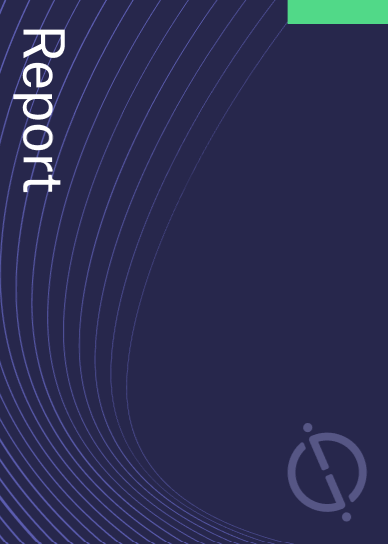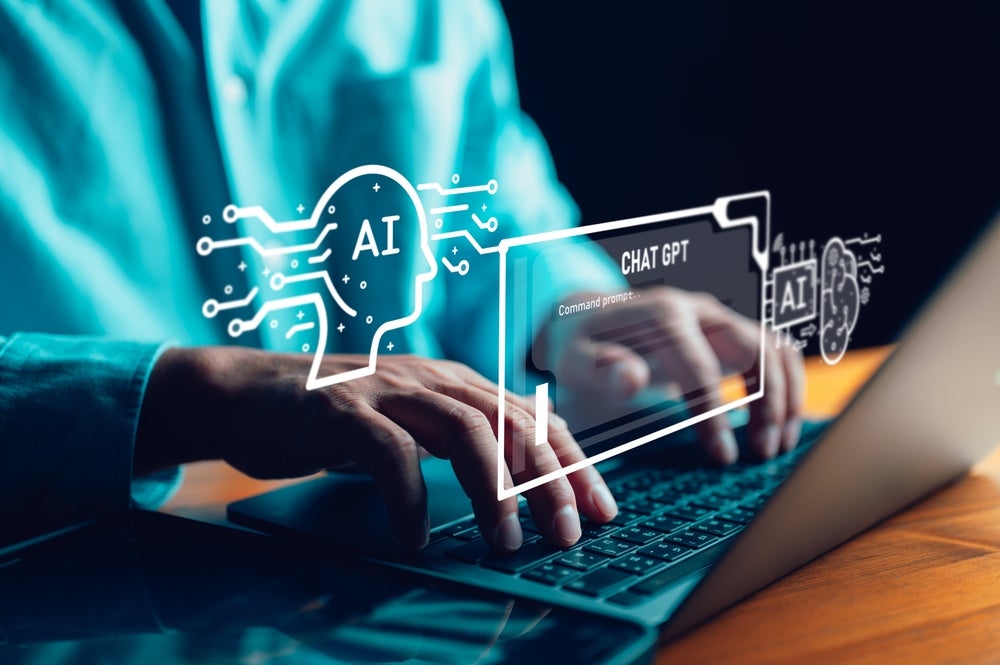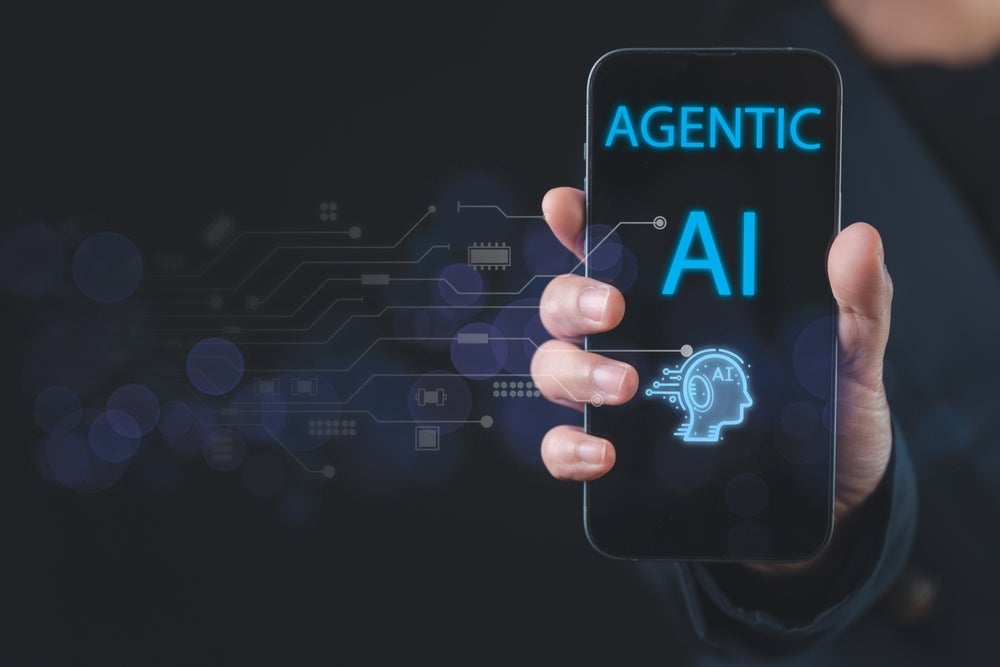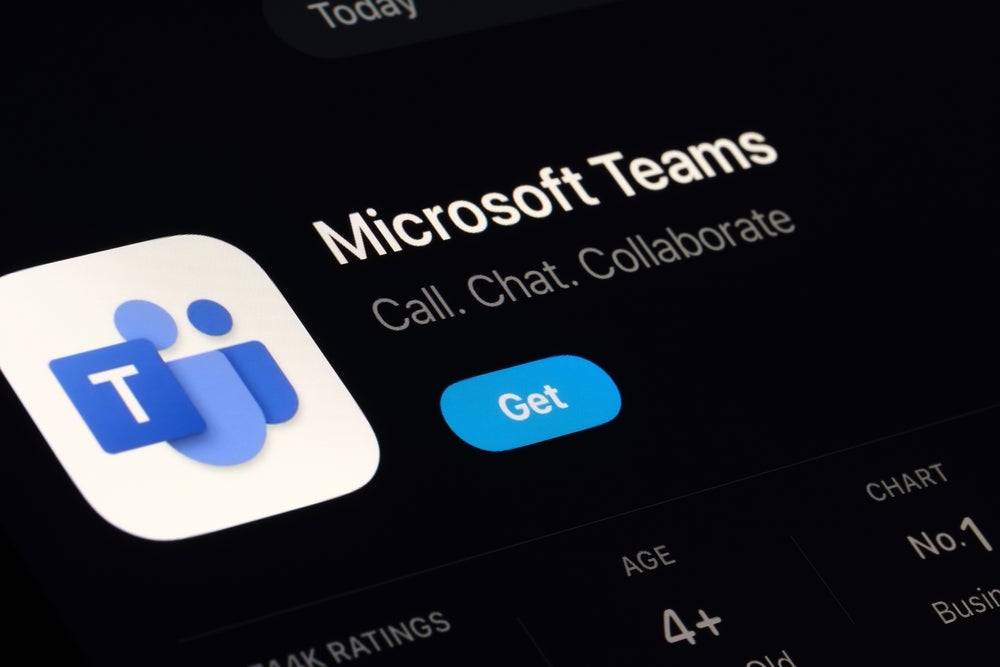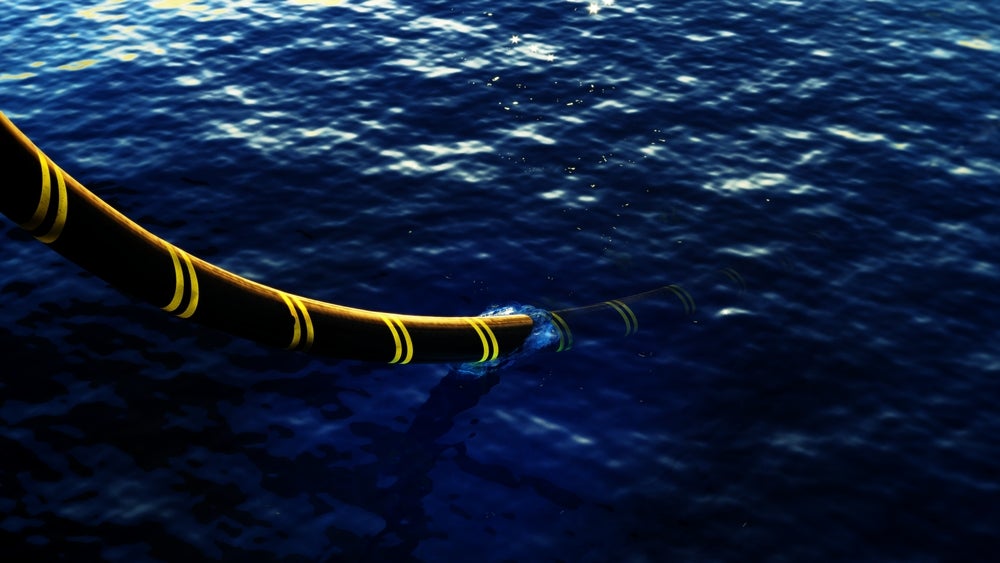Beijing ByteDance Technology has been granted a patent for a method of video processing that improves temporal gradient calculation in BIO. The method involves determining a reference block for a current block, performing a refinement process based on the reference block, and converting the current block into a bitstream representation of a video. The refinement process includes modifying the reference block and calculating a temporal gradient. The patent also includes the step of removing the mean value for the reference block. GlobalData’s report on Beijing ByteDance Technology gives a 360-degree view of the company including its patenting strategy. Buy the report here.

Access deeper industry intelligence
Experience unmatched clarity with a single platform that combines unique data, AI, and human expertise.
According to GlobalData’s company profile on Beijing ByteDance Technology, Adaptive video coding was a key innovation area identified from patents. Beijing ByteDance Technology's grant share as of September 2023 was 27%. Grant share is based on the ratio of number of grants to total number of patents.
Video processing method with improved temporal gradient calculation
A recently granted patent (Publication Number: US11778170B2) describes a method of video processing that involves determining a reference block for a current block, performing a refinement process for prediction of the current block based on the reference block, and performing a conversion between the current block and a bitstream representation of a video based on the result of the refinement process. The refinement process includes modifying the reference block into a modified reference block and calculating a temporal gradient based on the modified reference block or the original reference block.
The method includes removing a mean value for the reference block, which is done for all reference blocks. This mean value removal involves calculating the mean value for each reference block and subtracting the mean value from each pixel value in the reference block. The patent also mentions the option to decide whether to remove the mean value for each reference block or not before the modification step.
The patent further describes various conditions under which the method may or may not be applied. These conditions include the size of the current block, the slice type, picture type, and tile type of the current block. Additionally, the method may not be applied if the sample number in the current block is smaller than a threshold or if the width and height of the current block are smaller than or equal to certain thresholds. The thresholds can be predefined or signaled in different levels of the video coding process.
The patent also mentions the use of a bi-directional optical flow (BIO) refinement process and the splitting of the current block into multiple sub-blocks for processing. The video processing apparatus described in the patent includes a processor and a non-transitory memory with instructions for performing the method. Additionally, a non-transitory computer-readable storage medium is mentioned, which stores instructions for executing the method on a processor.
Overall, this patent describes a method and apparatus for video processing that involves refining prediction of video blocks based on reference blocks and performing conversions between blocks and bitstream representations. The method includes steps such as modifying reference blocks, calculating temporal gradients, and removing mean values. The patent also discusses conditions under which the method may or may not be applied.
To know more about GlobalData’s detailed insights on Beijing ByteDance Technology, buy the report here.
Data Insights
From

The gold standard of business intelligence.
Blending expert knowledge with cutting-edge technology, GlobalData’s unrivalled proprietary data will enable you to decode what’s happening in your market. You can make better informed decisions and gain a future-proof advantage over your competitors.


